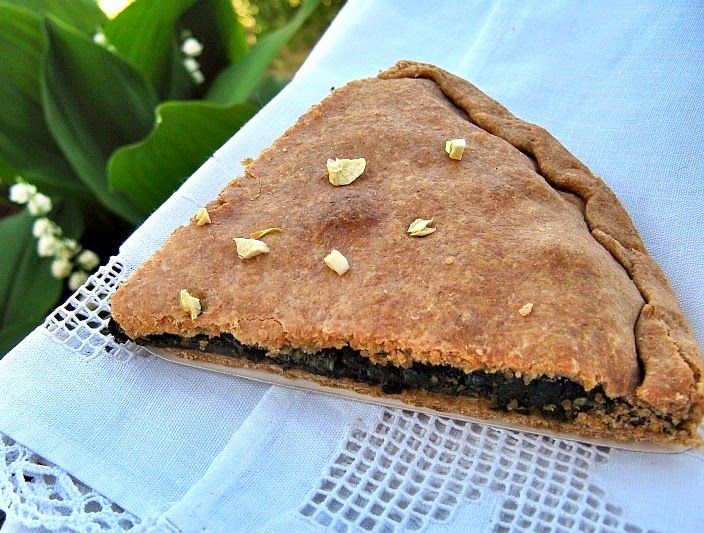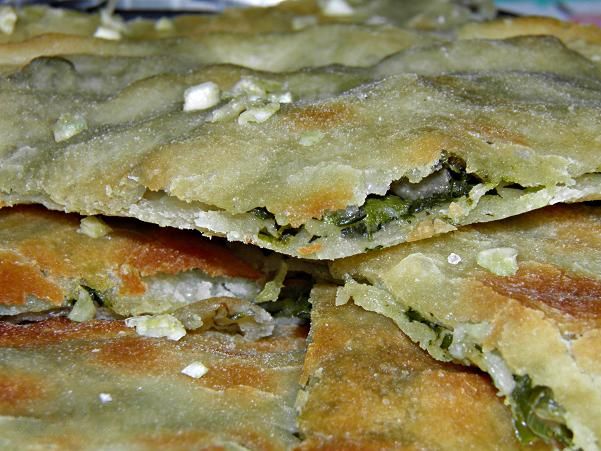In this part of our gourmet series on indigenous coastal cuisine, we’re heading to Poljice for some of their renowned soparnik
As I’ve been writing this gourmet series, I’ve come to realise that all featured dishes, along with some I’m planning to write about in the future, share one common characteristic: they are not much to look at. An image of Vis pie is appetising only as much as you can imagine the scent of freshly baked pie coming out of the oven, šurlice are – well, plain pasta, and Brač vitalac… let’s just say photos of raw, bloody offal wouldn’t be something everyone would enjoy seeing during their afternoon read.
Come to think of it, that’s one of the things about coastal cuisine you should be most excited about. Seeing a very humble-looking dish on your plate means instantly knowing you’re going to be tingling with joy in a matter of seconds; the most basic recipes are exactly those that have been perfected over hundreds (or thousands!) of years. The same applies to the star of today’s instalment: soparnik, a pie traditionally made in the area between Split and Omiš.

Most dishes indigenous to the Adriatic coast are safe bets on the quality front, but when something is listed as Croatian Intangible Cultural Heritage by the Ministry of Culture, you know you’re headed for an exceptional gourmet experience.
Soparnik can be described as a type of pie, dough spread out in two layers with a filling made of Swiss chard, onions and parsley. The pie originates from the region of Poljice, an area with natural borders of Mosor mountain in the north, the coast in the south, and the rivers of Žrnovnica and Cetina on the sides. Women in Poljice used to make soparnik on days of fasting, Good Friday, Christmas Eve and leading to All Saints’ day; nowadays it’s made for special occasions. First mention of soparnik dates back to the Middle Ages, a time preceding even the Turkish invasions, so it became known as a traditional dish of medieval Republic of Poljice.

Just as all other island pies, soparnik belongs to the domain of local cuisine that’s rudimentary and simple, arising from resourcefulness of housewives who were apt at creating wonders from what little they had at hand. All ingredients in soparnik can be found in every household: a bit of flour, water and salt, some Swiss chard, a couple of onions and a handful of parsley. Nothing refined, nothing expensive, and yet the combination results in a juicy, flavour-packed dish.
Instead of just teasing you with long descriptions, this time, we’ll point you to a chance to try out the delicacy. Soparnik is such a coveted specialty, it has a whole manifestation dedicated to it: this evening, July 29, the town of Dugi Rat near Split will host their traditional Soparnik Festival. Starting from 21:00, the port and the beach in Dugi Rat are turning into a big outdoor gastro stage, with immense plates of soparnik galore. If you’re staying in Split, there’s no excuse for missing this opportunity to participate in the local gourmet scene. Bon appétit!











